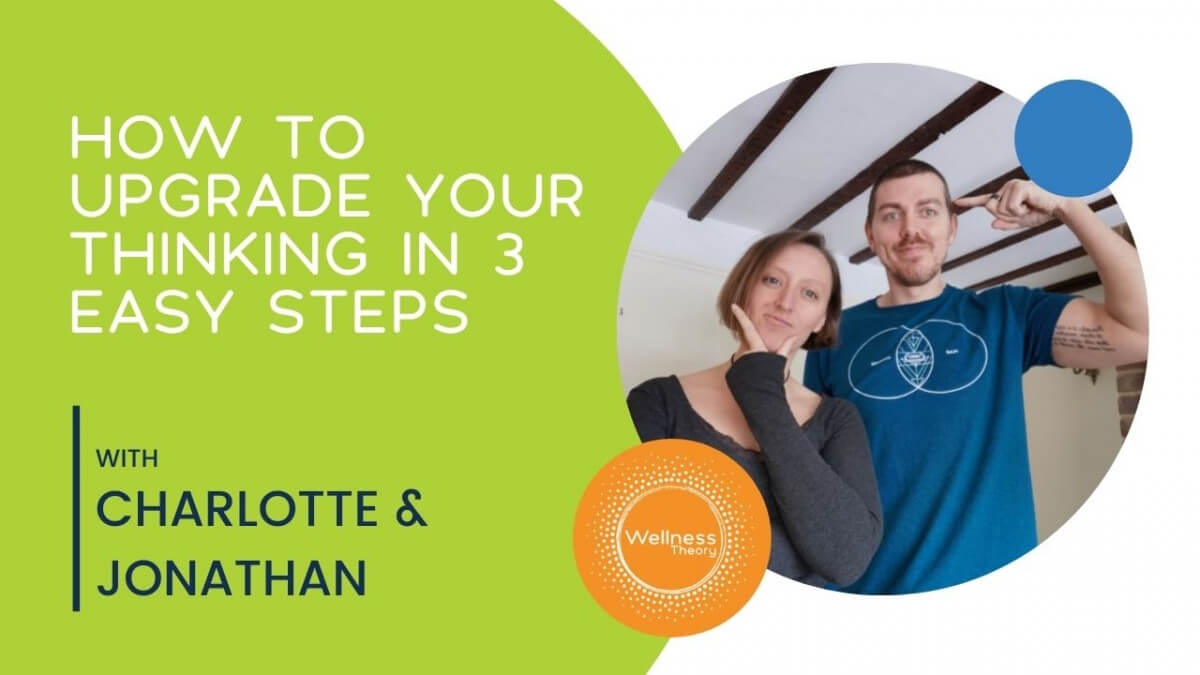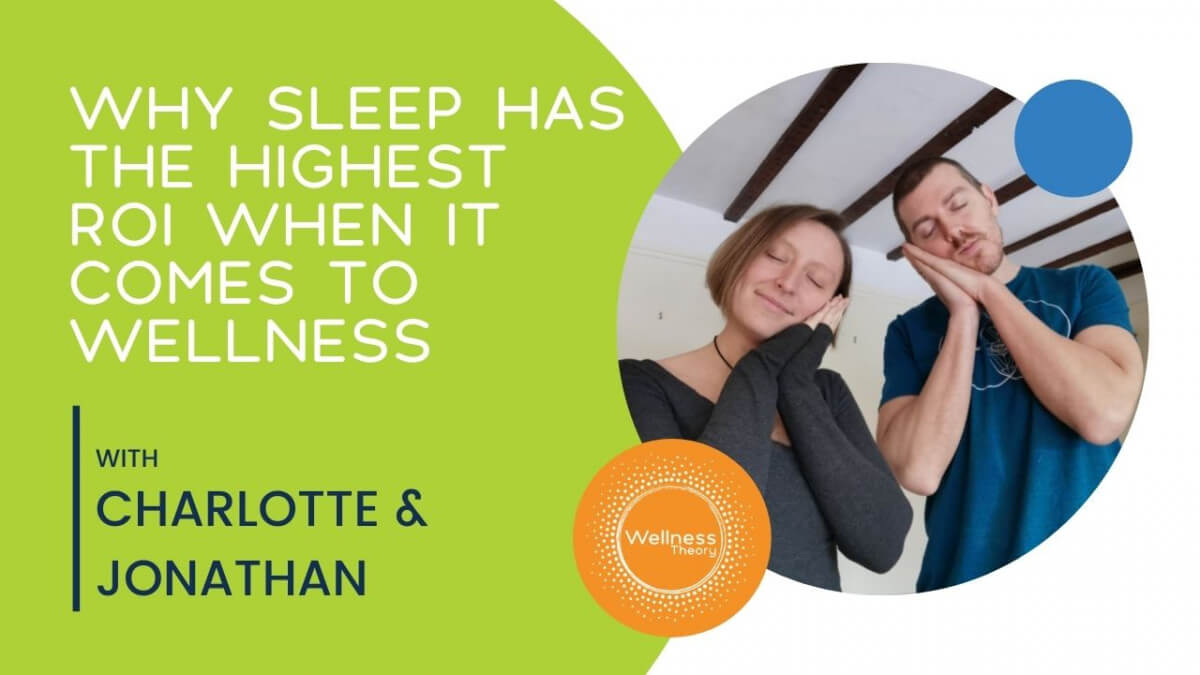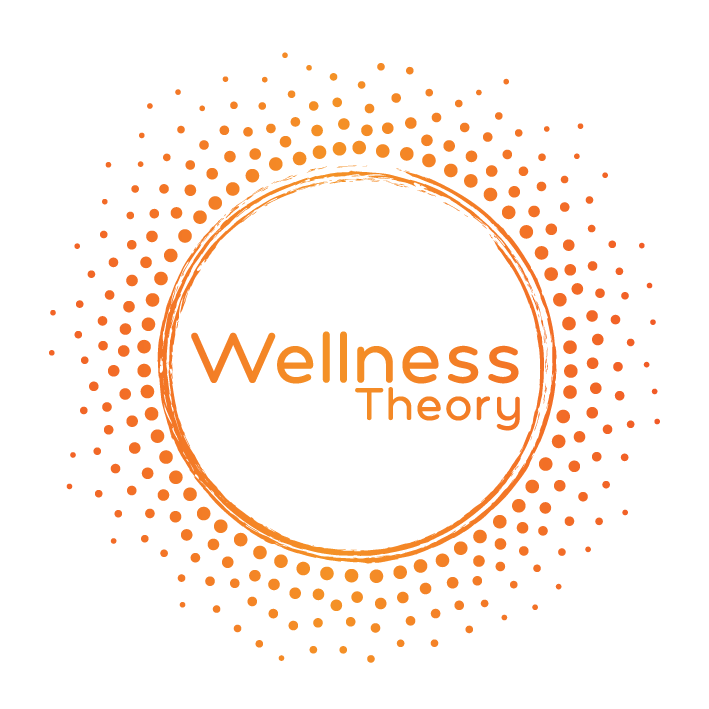Related Posts

How to Improve Thinking in 3 Easy Steps
JUNE 4, 2021 - PERSONAL., WELLNESS
These 3 steps will make your quality of thinking resourceful and stop negative thoughts.

Healthy Strategies for Coping with Stress includes Sleep
JUNE 8, 2018 - PHOTOGRAPHY, ART
This article is for anyone who’s busy all the time and thinks they're no good at installing new habits.

Breathing for Stress Management is a Game Changer
JUNE 4, 2021 - PERSONAL., WELLNESS
Want to change your experience of stress? Breathing for stress management is for you.




